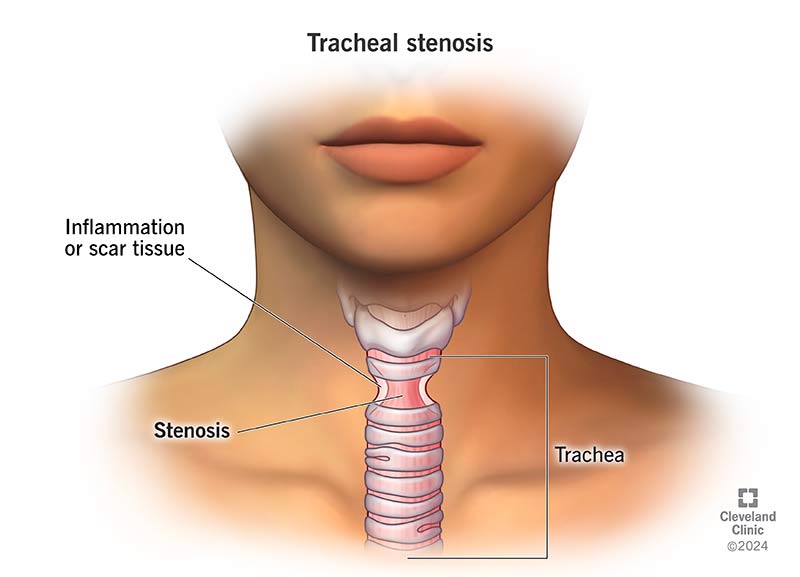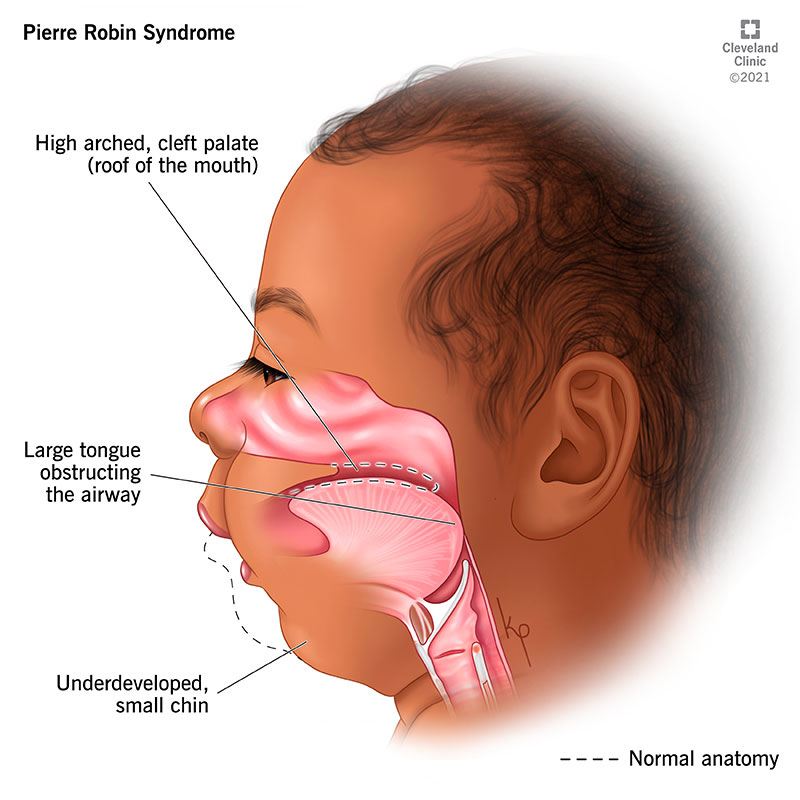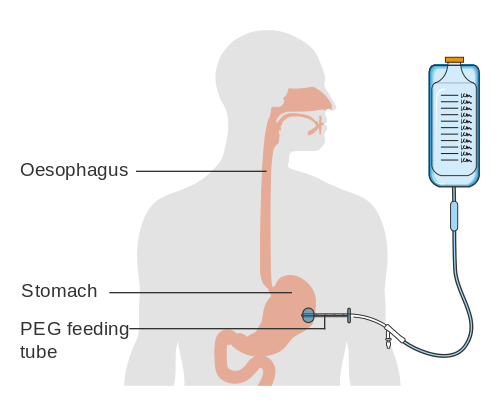removal of feeding tube life expectancy
The authors concluded that while the tubes didnt improve QoL for patients their QoL. This field is required.

Birth Asphyxia Causes Symptoms And Treatment
The family continued to silver nitrate at home with silver nitrate sticks given with permission from the pediatric surgery nurse.

. Feeding tubes are relatively easy. Percutaneous feeding tubes are generally removed by a gastroenterologist or general surgeon. Data suggest that in-hospital mortality for hospitalizations in which a feeding tube is places is 15-25 and one year mortality after feeding tube placement is 60.
A 2016 study looked at 100 patients who had received a feeding tube. Difficulty Swallowing After Brain Injury Is Common. Feeding tubes may be indicated when an individual has.
Indications and Contraindications Feeding tubes are used when the patient has difficulty in swallowing diminished consciousness or a need to supplement inadequate oral intake when for a variety of reasons he or she cannot eat or drink enough material to maintain health or sustain life. Families and staff need better support in managing the burden of witness associated with these deaths. Some conditions prevent a person from being able to take adequate nutrition by mouth.
Days 3 and 4. It is at times very difficult and time consuming to hand-feed a patient who is able to swallow but unable to feed herself. Those with a life expectancy of less than 30 days or who will only require short-term feeding should be fed via a nose or nasogastric feeding tube.
Life Expectancy After Withdrawal of Feeding Tube. In these cases a feeding tube can be inserted to provide 100 percent of nutritional needs. Make sure your hands are dry.
Younger age was associated with earlier PEG failure whereas younger age. What is the life expectancy after the tube has been removed. A feeding tube may be an easy way out but this is not acceptable.
Predictors of early mortality include. Good nutrition can assist in healing and preventing these open areas. All the time of feeding tube Removal life expectancy of 15-2 years draining.
At 100 days 6 months 1 year and 2 years after discharge 24 30 36 and 42 of hospital survivors had died respectively. Patients who have had their feeding tubes removed should expect to live for about ten days. Life Expectancy After Withdrawal of Feeding Tube Day 1.
But you may survive for as long as 1 or 2 weeks. In some instances such as a terminal disease the patient will refuse to have a tube placed for feeding. Some of these dear souls are.
This is one of the. Feeding tubes may be indicated when an individual has. Patients who have had their feeding tubes removed should expect to live for about ten days.
Advanced age CNS pathology stroke dementia cancer except early stage headneck cancer disorientation and low serum albumin. Is it true that having a feeding tube shortens your life. A 2016 study looked at 100 patients who had received a feeding tube.
Nutrition and hydration are vital to life. Use alcohol-based hand sanitizer or soap and water before you work with the tube. Age 70 was associated with mortality HR 279 95 CI 192 to 405 p.
A 2016 study looked at 100 patients who had received a feeding tube. Unadjusted median survival was 33 days for the comfort group 95 CI 9 124 days. Generally feeding tube will not be taken off unless the person.
The stoma was covered with barrier cream gauze. PEG tube is indicated in patients for long-term feeding more than 30 days with moderate-to-severe protein-calorie malnutrition. In this instance a Pediatric Surgery nurse used a silver nitrate stick inside the stoma immediately after removal.
But you may survive for as long as 1 or 2 weeks. 685 of PEG tubes remain intact after 5 years. Stoma 1 week after Mic-Key button removal.
Helpful Answer 2 Report. See -1 more reply. What is the life expectancy of a person on a ventilator.
Patients liberated from mechanical ventilation and having their tracheostomy tubes decannulated had the lowest mortality 8 at 1 year. Families and staff need better support in managing the burden of witness associated with these deaths. Diarrhea can significantly increase the chances of skin breakdown because of its acidic nature.
It can also cause stomach discomfort and gas. Some PEG tubes have a bumper that prevents pulling the tube through to the outside in which case the tube is. A person can survive a life time on a feeding tube death wont come from a feeding tube but from illness or comorbidities that required a feeding tube in the first place.
Followed 150 patients with new feeding tubes and a variety of diseases for 30 days and observed a 22 percent 30-day mortality rate and a 50 percent 1-year mortality. Three months later the patients andor caregivers were interviewed. It is important to challenge misinformation and initiate honest discussions about feeding-tube withdrawal and end-of-life care for these patients.
Research however does not demonstrate. The mortality of ventilator-dependent patients was highest 57. The removal of the feeding tube can result in a gentle death or a peaceful death according to rense.
2 However the use of a feeding tube can increase the risk for a pressure sore because one of the risks of tube feeding is diarrhea. Whether tube feeding improves quality of life QoL depends on the reason for the tube and the condition of the patient. Those with a life expectancy of less than 30 days or who will only require short-term feeding should be fed via a nose or nasogastric feeding tube.
Removal typically involves deflating a balloon on the far end of the tube and withdrawing the tube through the abdominal wall to the outside. Patients who have had their feeding tubes removed should expect to live for about ten days. Patients who receive a percutaneous feeding tube had a 30-day mortality risk of 1824 and a 1-year mortality risk of 5063.
The reason for this is to spare patients with a grave prognosis or limited need for tube feedings the expense and risk of an unnecessarily invasive procedure. Some linked this to the removal of tubes a shift to a more homely environment or.

Tracheal Stenosis Symptoms Causes Prognosis Treatment

Here S Why More Clinicians Are Recommending Against Tube Feeding In Advanced Dementia Being Patient

Pierre Robin Syndrome Sequence Facts Surgery Causes Symptoms What It Is
:max_bytes(150000):strip_icc()/methylmalonic-acidemia-overview-4590107-81-14a18df865224c3c8a5facc671801a66.png)
Methylmalonic Acidemia Symptoms Causes Diagnosis And Treatment

Espen Practical Guideline Home Enteral Nutrition Sciencedirect

11 Elderly End Of Life Symptoms Timeline And Providing Support

Tracheostomy And Feeding Tubes Tracheostomy Education

Edwards Syndrome Trisomy 18 Genetic Condition Symptoms Outlook

Care Of The Adult Cancer Patient At The End Of Life Esmo Clinical Practice Guidelines Esmo Open

Charlie S Journey 22q11 2 Deletion Syndrome Di George Chd Heartkids Syndrome Digeorge Syndrome Special Kids

Here S Why More Clinicians Are Recommending Against Tube Feeding In Advanced Dementia Being Patient

Cory Sulieman On Twitter Cardiovascular Disease Disease Disorders

How Did I Get So Flippin Lucky With Such Crappy Health My Medical Bills Alone Will Be The Life Of Me And Now I Get To Health And Wellness Health Info

Tracheostomy And Feeding Tubes Tracheostomy Education

Total Parenteral Nutrition Tpn Faq Ameripharma Specialty Care

Supporting Quality Of Life In Feline Patients With Chronic Kidney Disease The Veterinary Nurse

Charlie S Journey 22q11 2 Deletion Syndrome Di George Chd Heartkids Syndrome Digeorge Syndrome Special Kids

Tracheostomy And Feeding Tubes Tracheostomy Education

Artificial Nutrition And Hydration In The Last Week Of Life In Cancer Patients A Systematic Literature Review Of Practices And Effects Annals Of Oncology